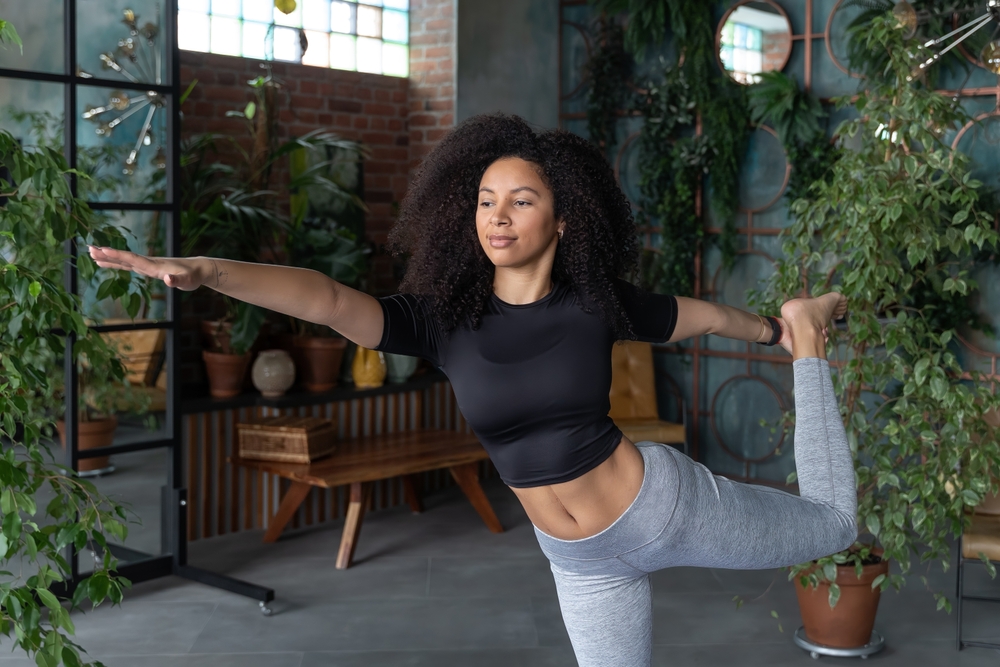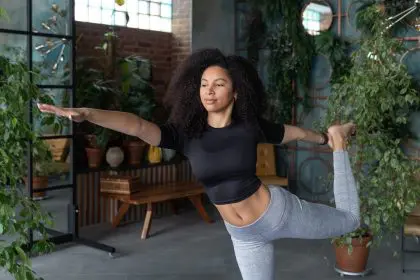As we age, maintaining physical health becomes increasingly important, yet often more challenging. One aspect of physical health that tends to be overlooked is balance. The ability to maintain balance is crucial for everyday activities and overall well-being. Unfortunately, balance tends to deteriorate with age, leading to an increased risk of falls and associated injuries. This article will explore the importance of balance exercises as you age, the benefits they offer and practical tips to incorporate them into your daily routine.
The importance of balance
Balance is a fundamental aspect of our physical health that allows us to move efficiently and safely. It involves the coordination of several body systems, including the musculoskeletal system, the nervous system and the vestibular system (inner ear). As we age, these systems can become less efficient due to various factors such as muscle loss, decreased vision and slower reflexes. This decline can result in poor balance, making older adults more susceptible to falls.
Benefits of balance exercises
1. Reduced risk of falls
One of the most significant benefits of balance exercises is the reduced risk of falls. Falls are a leading cause of injury among older adults and can lead to serious consequences such as fractures, hospitalizations and even loss of independence. By improving balance, you can decrease the likelihood of falling and suffering from these adverse outcomes.
2. Improved mobility and independence
Good balance enhances your ability to move around safely and confidently. This increased mobility can help you maintain your independence longer, allowing you to perform daily activities with ease, from walking and climbing stairs to reaching for items on a high shelf.
3. Enhanced strength and stability
Balance exercises often involve strength training, which helps to build and maintain muscle mass. Stronger muscles provide better support for your joints and bones, contributing to overall stability and reducing the strain on your body during movement.
4. Better coordination
Regular balance exercises can improve your coordination, making it easier to perform complex movements that require the synchronization of multiple body parts. This improvement can enhance your performance in various physical activities and sports.
5. Increased confidence
Knowing that you have good balance and are less likely to fall can significantly boost your confidence. This increase in confidence can encourage you to stay active and engaged in social activities, contributing to better mental health and overall quality of life.
Types of balance exercises
1. Static balance exercises
Static balance exercises involve maintaining a position without moving. These exercises are great for beginners as they focus on holding a steady posture. Examples include:
- Standing on one leg: Stand on one leg for as long as possible, gradually increasing the time as your balance improves. Use a chair or wall for support if needed.
- Tandem stance: Stand with one foot directly in front of the other, heel to toe, and hold the position. Switch feet and repeat.
2. Dynamic balance exercises
Dynamic balance exercises involve movement and help improve your ability to maintain balance while in motion. These exercises are more advanced and beneficial for enhancing overall stability. Examples include:
- Heel-to-toe walk: Walk in a straight line, placing the heel of one foot directly in front of the toes of the other foot with each step. Focus on keeping your balance as you move forward.
- Side stepping: Step to the side with one foot and then bring the other foot to meet it. Continue stepping sideways in one direction, then switch and go the other way.
3. Strength and flexibility exercises
Strength and flexibility exercises can also improve balance by enhancing muscle support and joint range of motion. Examples include:
- Leg lifts: While holding onto a chair or countertop for support, lift one leg to the side or back and hold for a few seconds before lowering it. Repeat on the other side.
- Calf raises: Stand with your feet hip-width apart and slowly rise onto your toes, then lower back down. Repeat several times.
Incorporating balance exercises into your routine
1. Start slow
If you’re new to balance exercises, start with simple movements and gradually increase the difficulty as you become more comfortable. Consistency is key, so aim to practice balance exercises several times a week.
2. Combine with other exercises
Incorporate balance exercises into your regular fitness routine by combining them with strength, flexibility and aerobic exercises. This combination will provide a well-rounded approach to maintaining overall physical health.
3. Use everyday activities
You can also improve your balance through everyday activities. For example, try standing on one leg while brushing your teeth or waiting for the kettle to boil. These small changes can make a significant difference over time.
4. Seek professional guidance
If you’re unsure where to start or have specific health concerns, consider seeking guidance from a physical therapist or fitness professional. They can provide personalized advice and help you develop a safe and effective balance exercise routine.
Balance exercises and healthy aging
Balance exercises are crucial for maintaining stability, mobility and overall health as you age. By incorporating these exercises into your routine, you can reduce the risk of falls, improve your strength and coordination and boost your confidence and independence. Remember to start slow, be consistent, and seek professional guidance if needed. Investing in your balance now can lead to a healthier, more active and fulfilling life in the years to come.
This story was created using AI technology.










